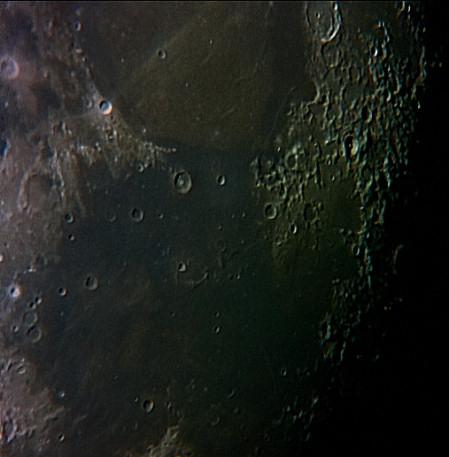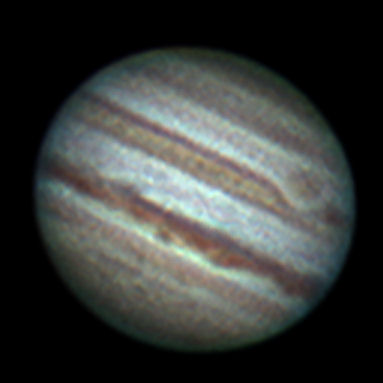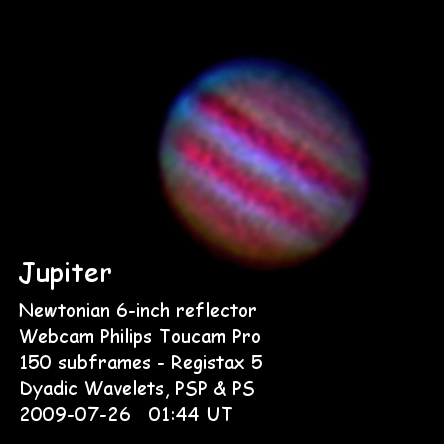Hi CPL,
Thanks for posting that cool vid of the 16″ Lightbridge. I just spoke with someone at a telescope store who said they were looking to get rid of their 12″ Lightbridge because they said it is very shaky when viewing, and gives an unstable image.
I just was in a shop which had an 8″ Lightbridge and I would describe it as very smooth and rock solid.
Can I ask you if you’ve had any shaky or bouncing issues with your 16″?
I’m thinking of the 12″ for myself!
Thanks, PK
—————————————————————————————-
Meade Lighbridge does not come with slow motions for altazimuth movements. If you compare the movement of the Lightbridge with that of a tripod mounted refractor, for example, probably the tripod mounted is going to be much precise.
Nevertheless, it depends too much on what kind of observation are you planning. Watching the Moon, Lightbridge may became very smooth and exact in movement, because you always have a bright lunar surface all over the field of view and the movement you apply to the optical tube is constantly compared to the drift as seen through the eyepiece. On extensive deep sky objects, the same happens. The most difficult objects to track are planets, because the surrounding field of view is pitchblack and you lose any references once the planet gets out of the field.
If you try to use high power eyepieces with small apparent field of view with a planet, the lack of equatorial mount and a sideral motor drive may become a nightmare. In this cases, my advice is to always use widefield eyepieces and reduce the magnification if necessary.
To get a smooth movement it is important to balance correctly the optical tube, adding some magnets at the bottom side of the tube, near the mirror. Do not forget to check that the base of the dobsonian mount is not tilted. Following these advices, the telescope will have a very smooth movement in both axis, as shown in my video at http://www.youtube.com/watch?v=WWUGCk0wN24
The tracking becomes more difficult as longer the focal length. So Meade Lightbridge 16″ is the most difficult to track, because a slight movement in your hands transforms in a great movement in the field. Lower aperture telescopes, have less focal distance and apparent movements in the field are smoother.
If you are planning the use of the telescope for observational purposes, you won’t have any problems with the smoothness of the tracking once you get trained in several sessions. If you plan to do astrophotography, dobsonian movement may become a problem. Nevertheless, I do astrophotography of Moon, planets, and stars through my Meade Lightbridge 16″. You may check it out at my webpage: https://computerphysicslab.wordpress.com/
My final advice is: if you have previously be using regularly a smaller scope doing astronomy, you won’t find any problem using any of Meade Lightbridge series. Collimation is an important point to deal with in this scopes, but the quality of its elements is superb, and the price is really good.





